It’s widely regarded as Japan’s first supercar, a gorgeous coupe with echoes of the earlier Jaguar E-Type and a foretaste of the later Datsun Z-cars.
The Toyota 2000GT was a halo car that made the world sit up and take notice of Japanese cars for the first time.
For much of the 1950s and ‘60s, cars from the Land of the Rising Sun were derivative, uninspiring and devoid of driving pleasure.
Toyota, with help from Yamaha, showed what was possible, and things would never be the same again.
During the deep recession after the second world war, Japan’s carmakers were caught in the nation’s struggle to rebuild its industries.
The public couldn’t afford to buy cars, the roads were poor, and Toyota’s first post-war car didn’t come along until the underwhelming Toyopet Crown of 1955.
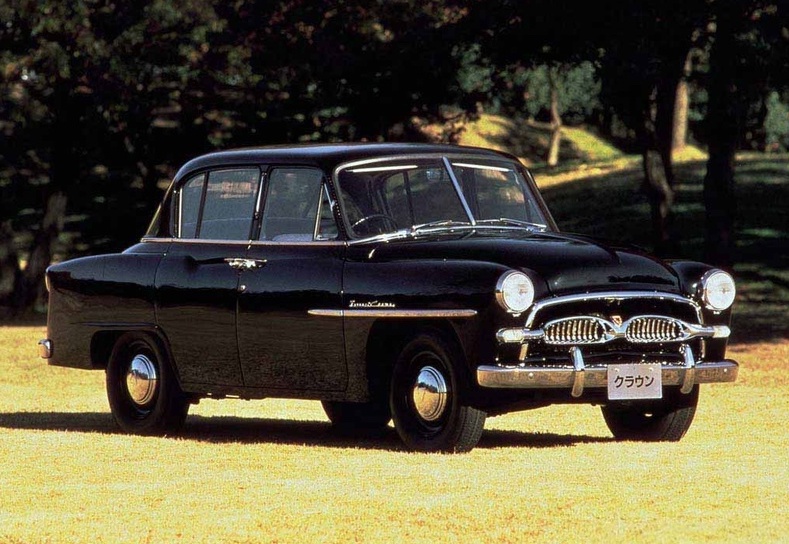
By the 1960s, however, the Japanese economic miracle was in full swing, people had more money in their pockets, and the government was investing heavily to improve the nation’s roads.
The cars were improving too, with the Corona of 1964 gaining a foothold in export markets, but Toyota was nonetheless considered the most conservative of Japan’s carmakers.
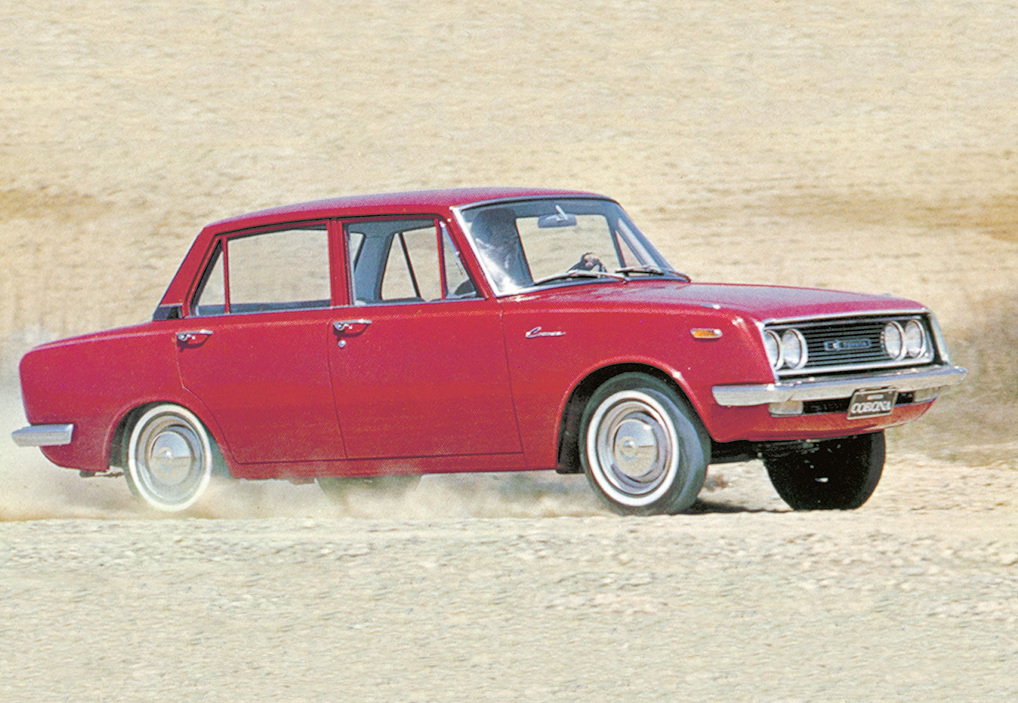
That’s why nothing could have prepared visitors for what they saw on the Toyota stand at the 1965 Tokyo Motor Show – a sparkling white coupe called the 2000GT.
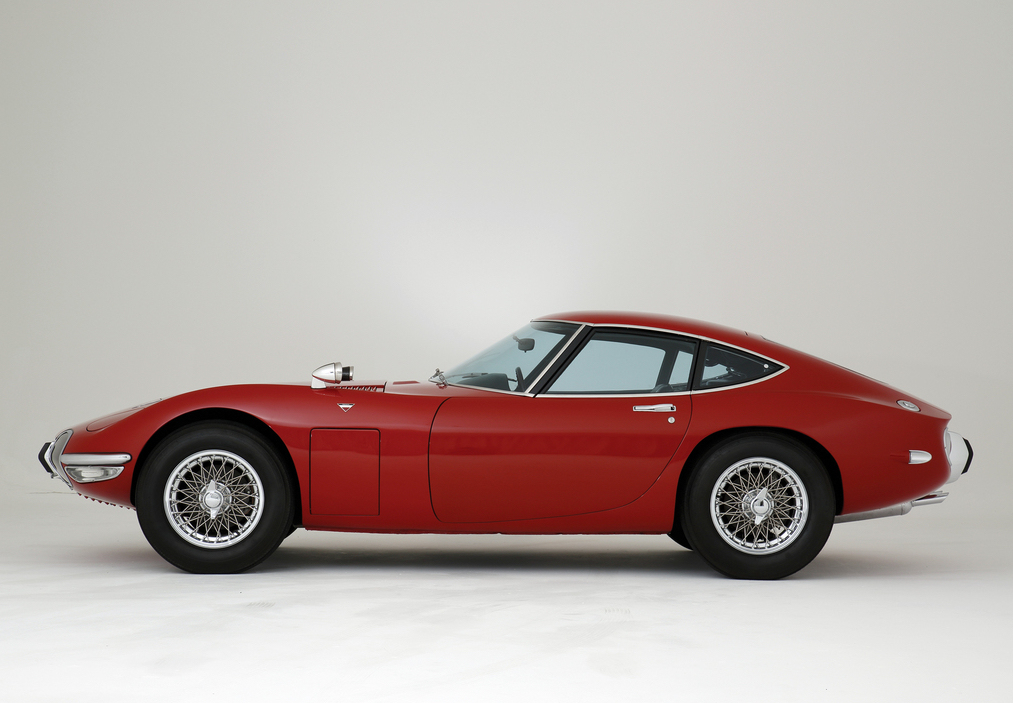
Here was a flagship GT to rival the likes of Jaguar and Porsche in Europe, and the Thunderbird and Corvette in the US, from a company whose only previous attempt to enter the sports car market was the tiny Sports 800, based on the Publica city car.
In contrast, the 2000GT was to be a hand-built, high-cost exotic with a modified version of the 2-litre straight six from the Crown producing 150bhp.
Toyota 2000GT development
To understand how the 2000GT came into existence, we need to go back a few years to Yamaha’s decision to open its Technical Laboratories in 1959, which included a department dedicated to research and development on high-performance sports cars.
Yamaha, better known as motorcycle and piano manufacturers, developed the YX30 1600 prototype, inspired by the MGA, before embarking on a joint project with Nissan to work on a new sports coupe.
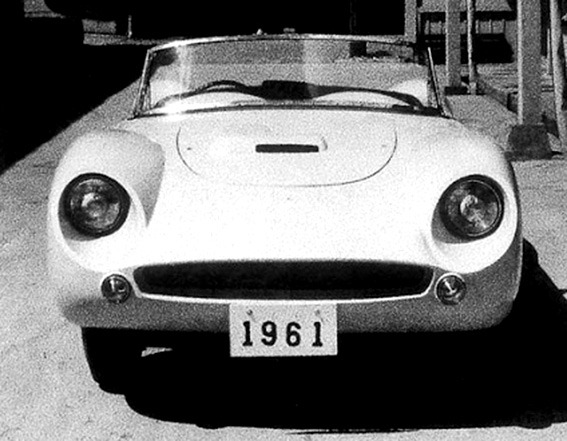
The result, the A550X, a Corvette Sting Ray lookalike designed by German-American Albrecht Graf von Goertz, failed to make it into production, with Nissan instead focusing on in-house designs for the proposed Datsun Silvia.
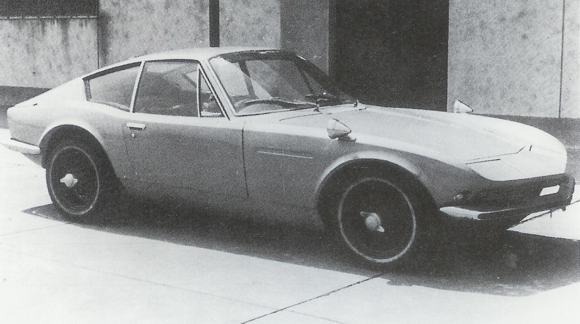
So Yamaha took their work to Toyota, who agreed to pursue the project under the guidance of their own chief engineer Jiro Kawano, designer Satoru Nozaki, and a host of young and enthusiastic engineers.
The company bought a number of European sports cars for inspiration, including an MGB, a Triumph TR2, a Porsche 911, a Lotus Elan, and a Jaguar E-Type.
While the E-Type became the benchmark for road behaviour and styling, the Elan leant the new Toyota a beefed up version of its backbone chassis.
At 4175mm long, the two-seater 2000GT was just under a foot shorter than the E-Type, a couple of inches narrower, and a hefty two-and-a-half inches lower.
Like our illustration of the Toyota 2000GT: Japan’s first supercar at the beginning of the article?
Download a free high-quality poster version here.
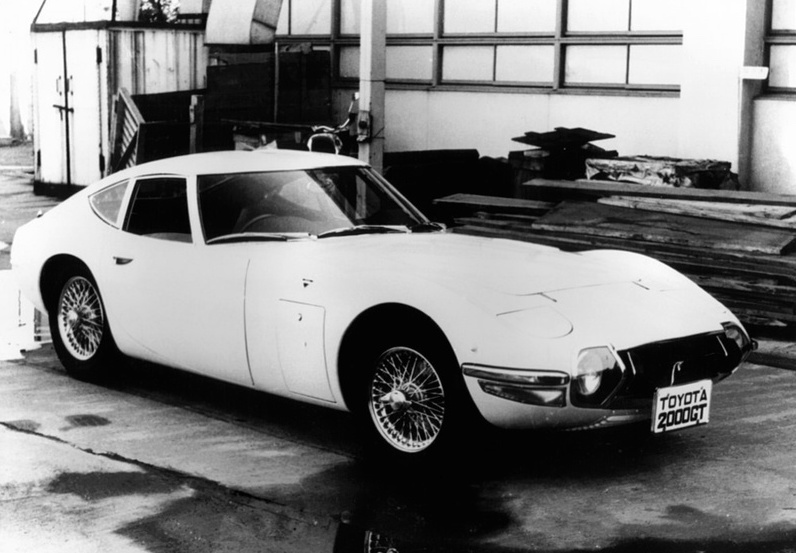
The car featured pop-up headlights above outsized, plexiglass-covered spotlights either side of a slightly pointed grille, aping the Sports 800.
At the rear, circular light units framed in chrome sat outside of vertical bumpers to protect the aluminium bodywork, with central twin exhausts completing the sporty look.
Engineering of the Toyota 2000GT
While Toyota’s stylists produced the stunning body shape, Yamaha set to work on the engine, turning the daily mundane 2-litre Crown unit into something fit for a sports car.
They did so by combining a trio of Mikuni-Solex twin-choke carburettors with a new aluminium DOHC head and a pair of chain-driven cams.
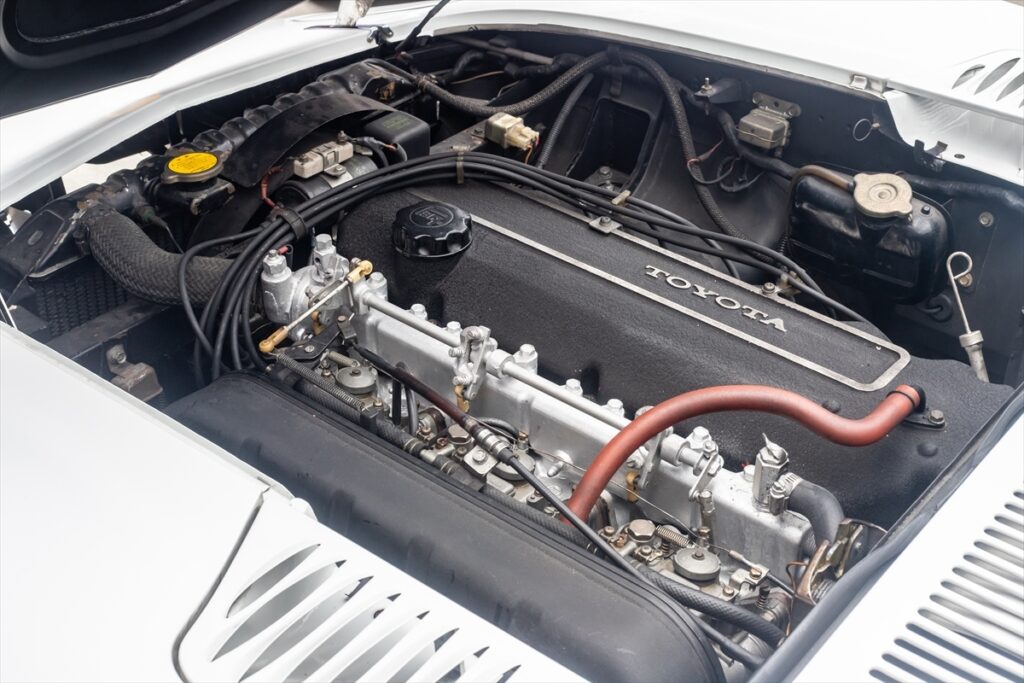
There were two valves for each of the six cylinders, an 8.4:1 compression ratio, and two three-branch exhaust manifolds.
All of this added up to nearly 150bhp at 6,600rpm, driven by the rear wheels with a five-speed, all-synchro transmission and standard limited slip differential.
Given the car only weighed about 2,400lbs, this power was enough to propel the GT to a top speed of 135mph, not a million miles away from the 4.2-litre E-Type.
The car was stopped by power-assisted disc brakes all round, a first for a Japanese car, while it was the first Toyota to feature rack and pinion steering, with independent suspension and anti-roll bars front and rear.
No expense was spared to make the 2000GT a world class sports car, and this was never more obvious than taking a look at the interior.
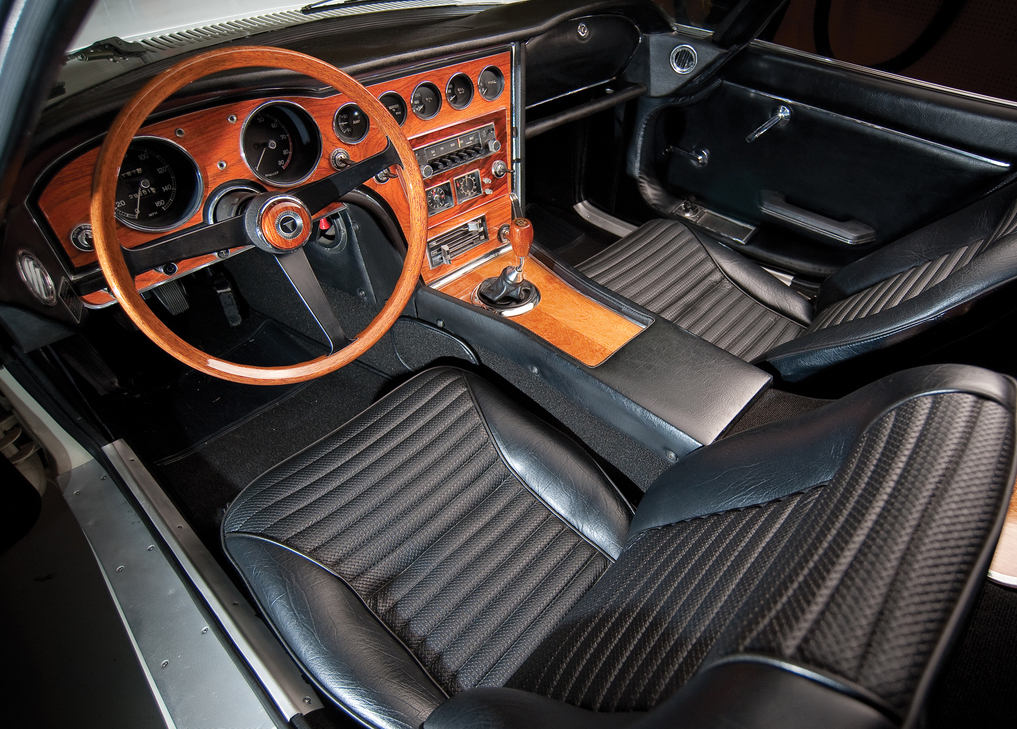
Yamaha’s piano division created a 6mm Rosewood veneer dash that would look very much at home in an upmarket British car of the period, while the steering wheel and gear knob were carved from mahogany.
A quintet of gauges provides readings for battery current, water and oil temperature, oil pressure, and fuel, while a radio unit sits above a Jeco clock and stopwatch.
Adrian Flux Classic Car Insurance
Toyota 2000GT makes a splash
Visitors who had been wowed at that ‘65 Tokyo Motor Show had to wait two years until they could get their hands on the GT, with production starting at Yamaha’s Shizuoka factory in May 1967.
In the meantime, however, the car had been earning its spurs, and gaining attention, in motorsport, finishing third in the Japanese Grand Prix in 1966 behind two purpose-built Prince racers.
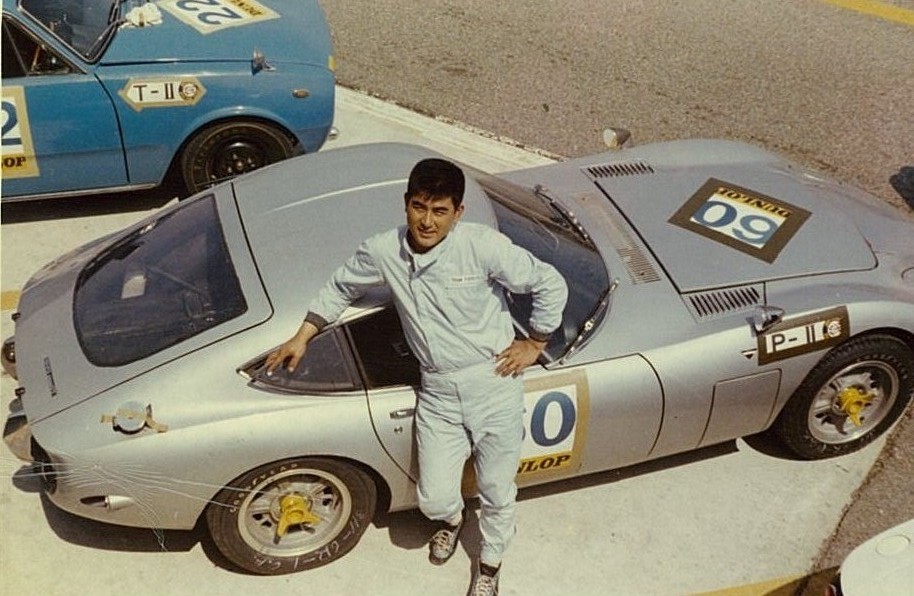
Its first win came in the inaugural Suzuka 1000 Kilometre endurance race in the same year, followed by more wins in the 24 Hours of Fuji and the Fuji 1000 Kilometres.
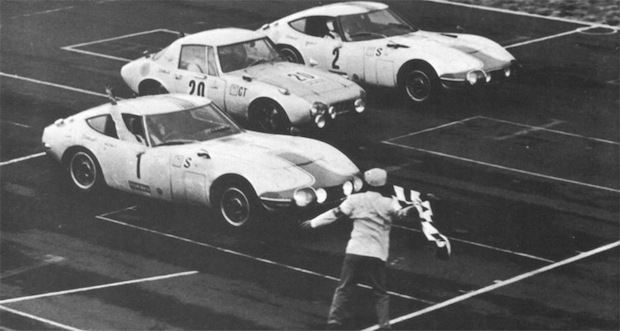
The GT’s supercar credentials were further boosted by 13 FIA speed and endurance world records at the Yatabe High Speed Test Track over three days in 1966, prompting Porsche to create a 911R to regain its records.
Further cache came with an appearance as a Bond car in 1967’s You Only Live Twice, much of which was filmed in Japan.
Two one-off convertibles were produced for the film, apparently because 6ft 2in Sean Connery was too tall for the coupe version.
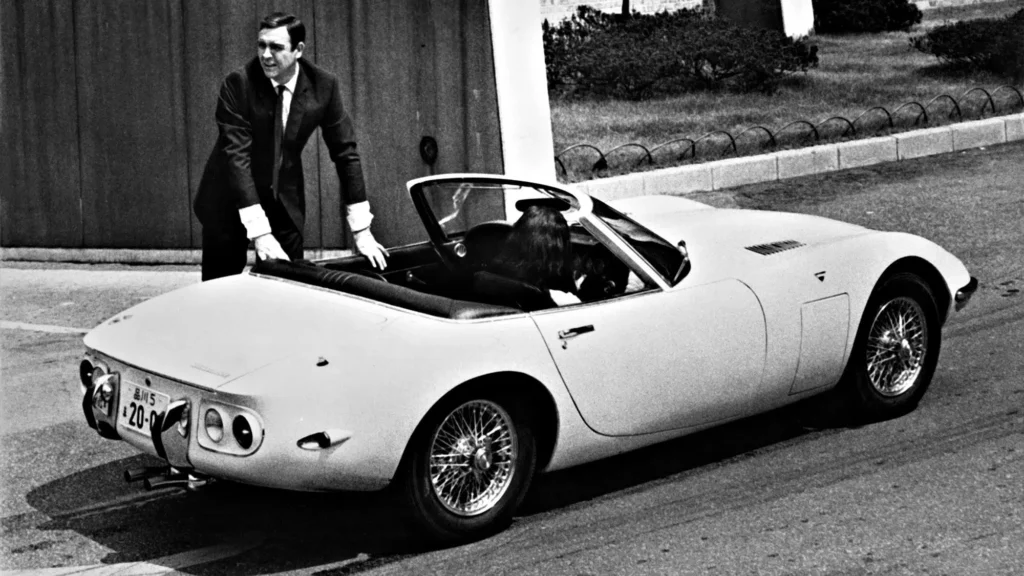
With Bond girl Akiko Wakabayashi at the wheel, the car that raced through the streets of Tokyo prompted an increase in footfall in Toyota dealerships as the public clamoured to get a look at this new supercar.
When the 2000GT was finally available, it didn’t come cheap, unsurprisingly for a hand-built car – at just over $7,000 in the US, it was more expensive than the E-Type, Porsche 911, and Chevrolet Corvette.
This made it very tough for Toyota to break into the market dominated by home-grown cars and European brands with renowned sporting pedigrees.
2000GT on the road
When Road & Track magazine tested a 2000GT for its June 1967 issue, it caused quite a stir on the road.
One road tester was followed home by “2 VWs, an MGB, 2 Ford pickups and one policeman in two 10-minute runs!”
Once they’d managed to shoehorn themselves into the low, slight-cramped interior, testers were impressed with the ride and handling.
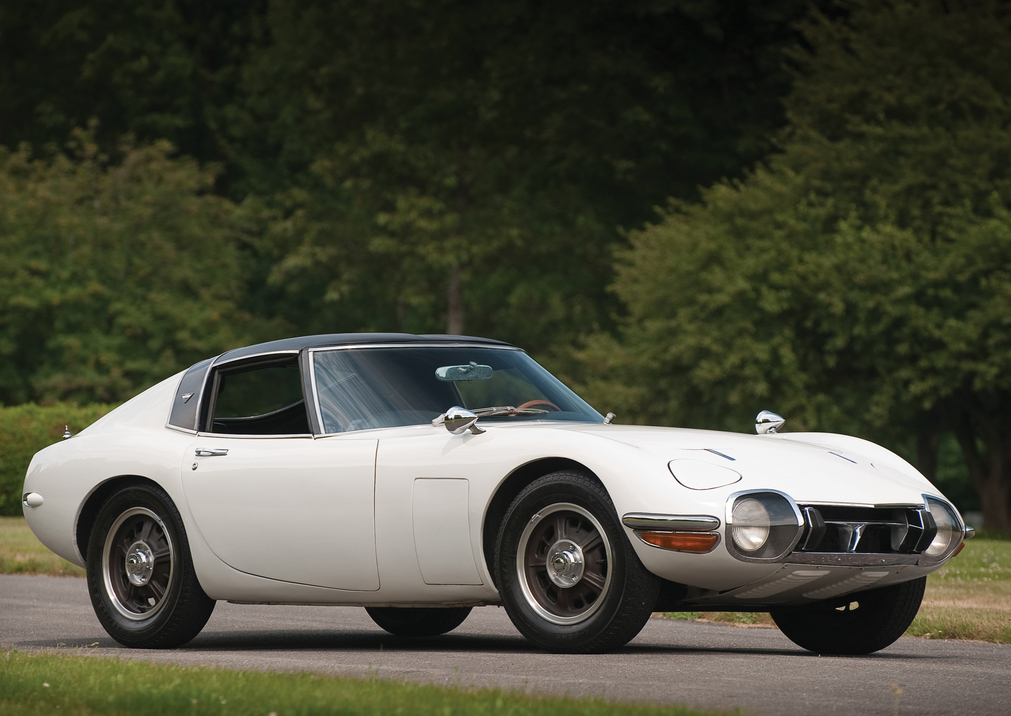
“Nobody in his right mind could need or want more in a road vehicle than the 2000GT has to offer,” the magazine wrote.
“If the 2000 GT is an impressive car to drive, it’s an equally impressive one in which to sit or ride – or simply to admire. One staff member could describe his feelings about the interior with only one word: overwhelming.”
The magazine summed up by describing the Toyota as “one of the most exciting and enjoyable cars we’ve driven.
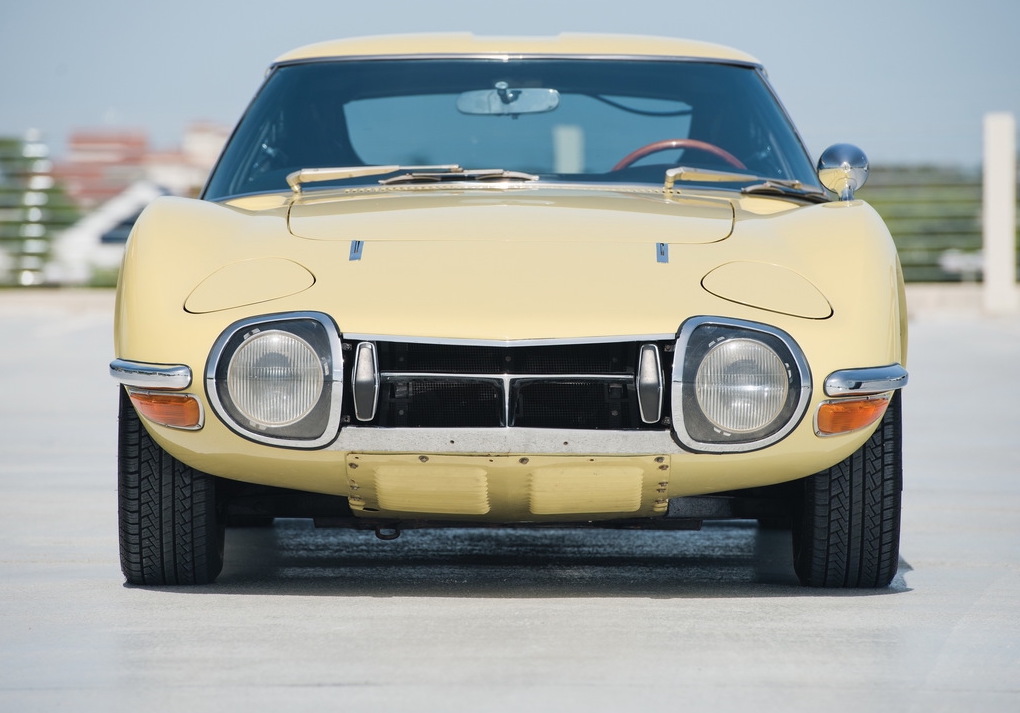
“At its price it will be squared off with the Porsche 911-911S – and it’s a worthy competitor for that excellent motor car as well as offering a combination of qualities distinctly its own.
“It’s not as fast as either 911, but it is more luxurious, and its handling is of the front-engine variety. If you have $6000-plus to spend and like a judicious blend of sport and refinement, the Toyota 2000 GT will merit your serious consideration.”
Despite this glowing report, a solid SCCA production car race season under Carroll Shelby, and that James Bond appearance, few customers in the US chose the 2000GT over its more established competitors – just 62 over three years of production.
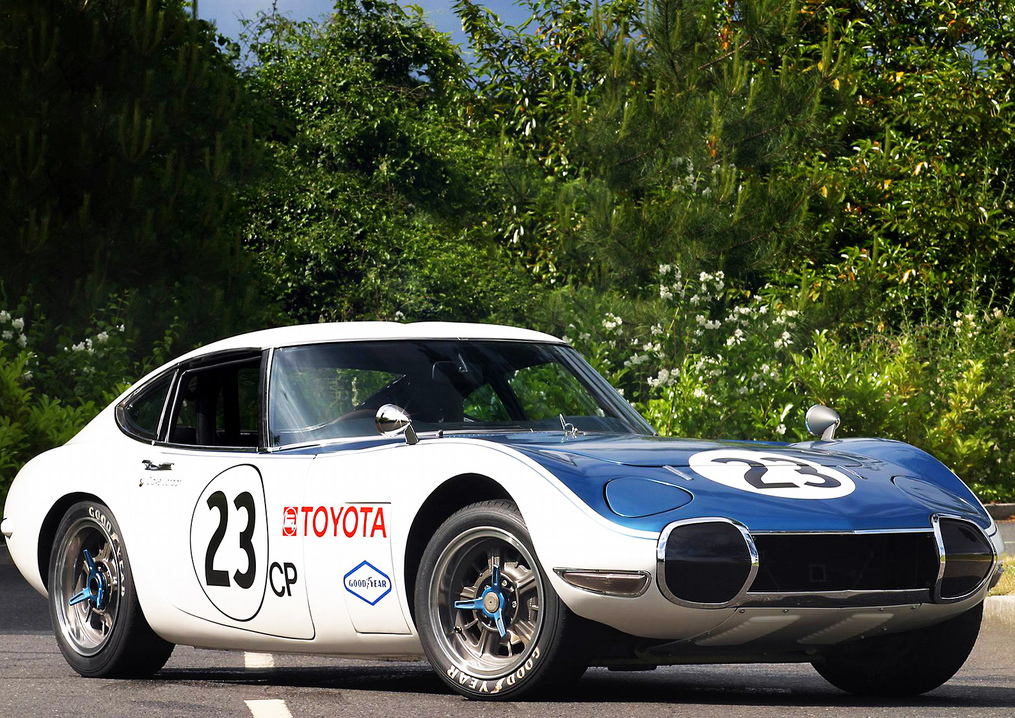
There was a minor facelift in 1969, with smaller headlights and larger indicators, while nine cars were built with a larger, but less powerful, 2.3-litre engine, three of which had an automatic gearbox.
According to Toyota, just 337 2000GTs were sold between 1967 and 1970, and the company reportedly didn’t make a penny on any of them.
But despite the low numbers, this beautiful, high-quality GT had done its job in reinventing the Toyota name as a brand to be reckoned with around the world.
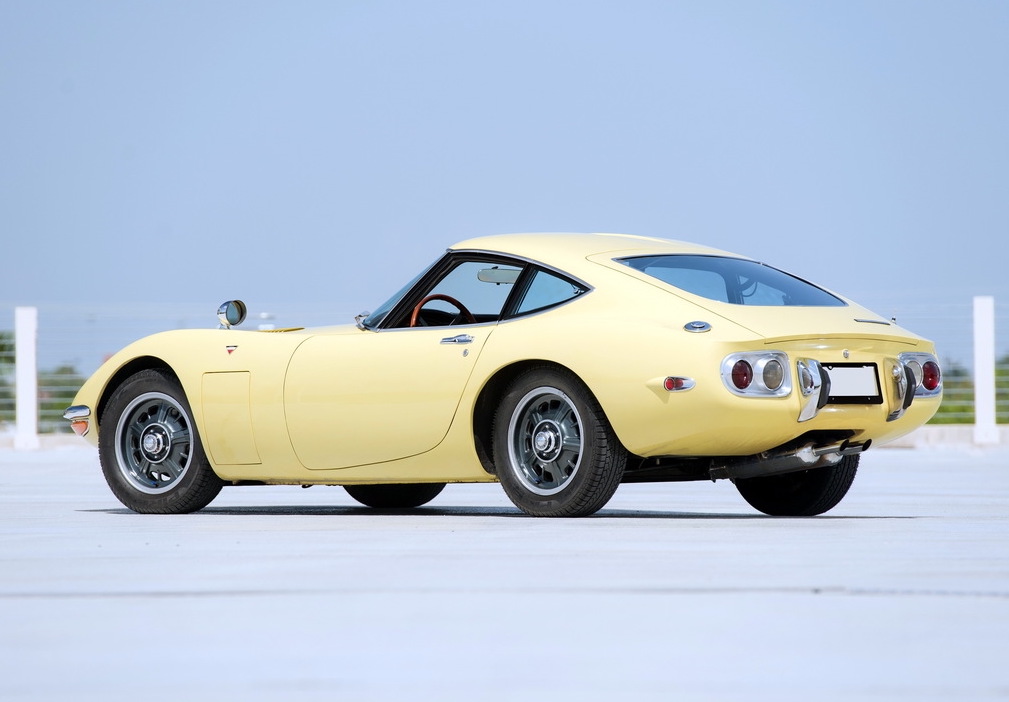
The 2000GT helped change the way the world thought about Japanese cars, and Toyota’s in particular.
It may have had no direct replacement, but it paved the way for the hugely successful Celica, Supra, MR2 and GT86 models that followed.
These days, you’ll need even deeper pockets to buy a 2000GT than when they were new, with valuations in the high six figures. Indeed, in 2013, a GT became the first Japanese car to sell at auction for $1million.






